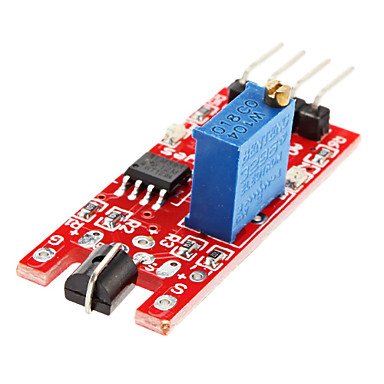

There are different types of proximity sensors, and each detects targets in a different way.

Phones, recycling factories, self-driving cars, anti-aircraft systems, and assembly lines all employ proximity sensors. The sensor may detect a target via sound, light, infrared radiation (IR), or electromagnetic fields, depending on the type of proximity sensor. (.sorry.This blog covers the basics of proximity sensors, its working, applications, and advantages and disadvantages.Ī proximity sensor is a non-contact sensor that detects the presence of an object (also known as the “target”) when it enters the sensor’s field of view.
If this approach is futile, what are some other approaches I could use?īonus: If there's a way to get any level of resolution of where a person is touching the pipe, that's actually my perfect application, but I'm starting to think that's a pipe dream. Are there techniques to improve this approach?. The relative capacitance increase is too little. What I've learned (I think) is that the massive amount of metal itself is such a large capacitance source (if that's the right terminology) that the differential when a human touches it is too minimal. I've connected the boards via wire directly to the pipe, and I've tried using electrodes (aluminum - about 6" square and another 2" square) insulated in a ziploc bag mounted to the inside surface of the pipe. My initial inquiry went towards capacitive touch sensors and I've tried breakout boards using the MPR121 and AT42QT1010 chips, and have also tried a simple circuit like the one depicted here using the Arduino Capacitive Sensor library. I'd like to create a sensor or sensor network of some kind to sense when a human touches or nearly touches the pipe. Imagine the pipe is standing upright on the ground, mounted on a platform. Suppose this pipe has an regular pattern of perforations on its surface. Suppose one has a large metal pipe made of mild steel approximately 6-feet tall and 8-inches in diameter.






 0 kommentar(er)
0 kommentar(er)
